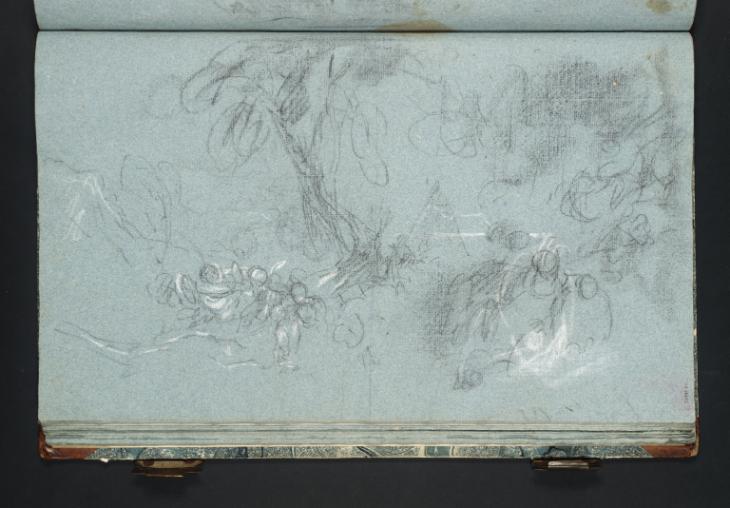References
How to cite
Andrew Wilton, ‘Study for the ‘Holy Family’ c.1802–3 by Joseph Mallord William Turner’, catalogue entry, May 2013, in David Blayney Brown (ed.), J.M.W. Turner: Sketchbooks, Drawings and Watercolours, Tate Research Publication, April 2016, https://www

